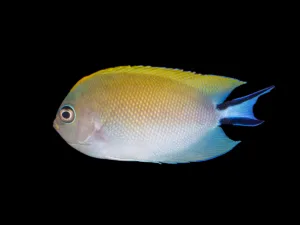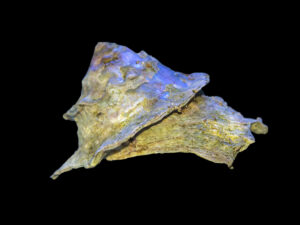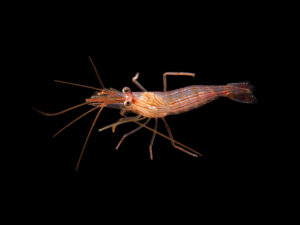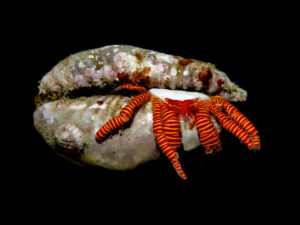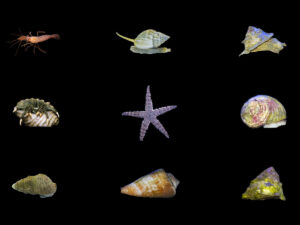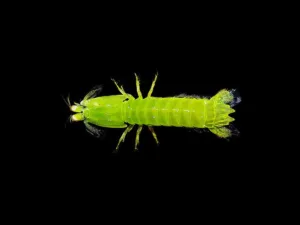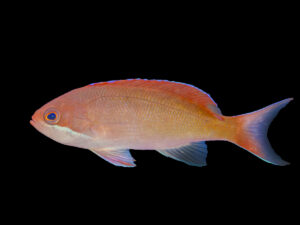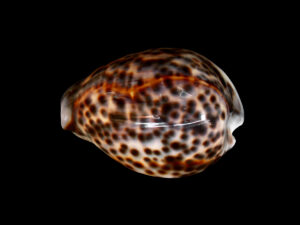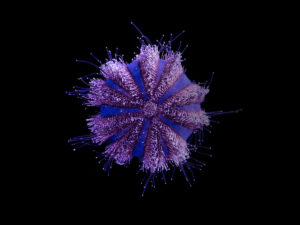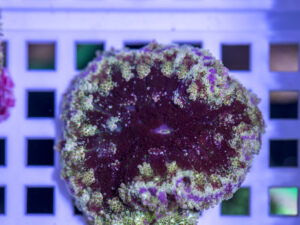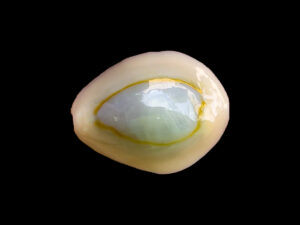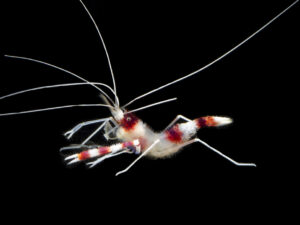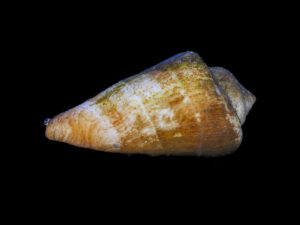Related products
-
Swallowtail Angelfish
$125.00 – $150.00Select options This product has multiple variants. The options may be chosen on the product page -
25%
Astraea Snail
$10.00 – $75.00Select options This product has multiple variants. The options may be chosen on the product page -
Black Sea Cucumber
$25.00Select options This product has multiple variants. The options may be chosen on the product page -
33%
Peppermint Shrimp
$15.00 – $100.00Select options This product has multiple variants. The options may be chosen on the product page -
Halloween Hermit Crab
$100.00Select options This product has multiple variants. The options may be chosen on the product page -
21%
Clean Up Crew Packages
$37.50 – $550.00Select options This product has multiple variants. The options may be chosen on the product page -
Mantis Shrimp – Assorted
$75.00Select options This product has multiple variants. The options may be chosen on the product page -
Cooperi Anthias
$30.00Select options This product has multiple variants. The options may be chosen on the product page -
Tiger Cowrie
$35.00Select options This product has multiple variants. The options may be chosen on the product page -
Hot
Tuxedo Urchin
$45.00Select options This product has multiple variants. The options may be chosen on the product page -
-
25%
Gold Ring Cowrie
$10.00 – $37.50Select options This product has multiple variants. The options may be chosen on the product page
Spider Strombus Snail
$25.00
Please Note: Due to variations within species, your item may not look identical to the image provided. Approximate size range may also vary between individual specimen.
Deep dive >
Quick Stats
- Dietry Requirements
- Compatible With
- Maximum Invert Size (cm)
- Minimum Tank Size (L)
- Same Species Aggression
- Other Species Aggression
- Care Requirements
The Spider Strombus Snail has a very large, robust and heavy shell. One of its most striking characteristics is its flared outer lip, ornamented by six hollow marginal digitations. These digitations present subtle differences in shape between genders in this species. The colour of the shell is highly variable, being white or cream externally and often presenting brown, purplish or bluish black patches. The interior is glazed and may be pink, orange or purple.
The Spider Strombus Snail is a herbivorous detritivore which spends its time sifting, cleaning and aerating the substrate. They will predominantly feed on algae, but will even consume pesky diatoms, cyanobacteria, slime algae and uneaten food particles, making them a very beneficial aquarium addition. They are a diurnal species which means these critters will sleep when the lights go out and will get straight to work when the lights are on. Spider Strombus Snails have a voracious appetite so keep an eye on algae coverage on your substrate. Once the algae has been consumed, it is important to supplement their diets with dried algae.
Related products
-
Mantis Shrimp – Assorted
$75.00Select options This product has multiple variants. The options may be chosen on the product page -
Tropical Abalone
$55.00Select options This product has multiple variants. The options may be chosen on the product page -
Hot
Coral Banded Shrimp
$100.00Select options This product has multiple variants. The options may be chosen on the product page -
12%
Strombus Snail
$12.50 – $110.00Select options This product has multiple variants. The options may be chosen on the product page
